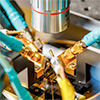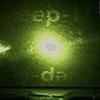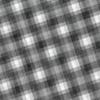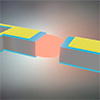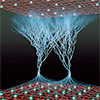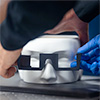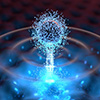Psychic determinism
Psychic determinism is a type of determinism that theorizes that all mental processes are not spontaneous but are determined by the unconscious or preexisting mental complexes. It relies on the causality principle applied to psychic occurrences in which nothing happens by chance or by accidental arbitrary ways. It is one of the central concepts of psychoanalysis. Thus, slips of the tongue, forgetting an individual's name, and any other verbal associations or mistakes are assumed to have psychological meaning. Psychoanalytic therapists will generally probe clients and have them elaborate on why something “popped into” their head or why they may have forgotten someone's name rather than ignoring the material. The therapist then analyze this discussion for clues revealing unconscious connections to the slip of verbal association. Psychic determinism is related to the overarching concept of determinism, specifically in terms of human actions. Therapists who adhere to the belief in psychic determinism assume that human action and decisions are predetermined and are not necessarily under their own control.
Check out these latest Nanowerk News:


